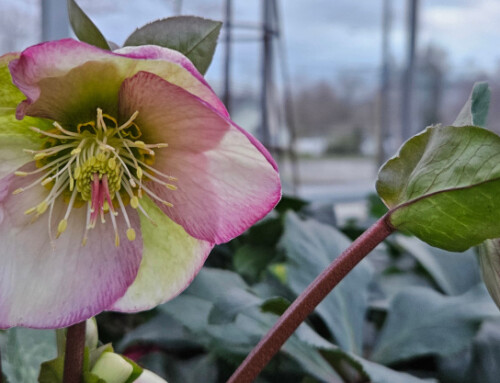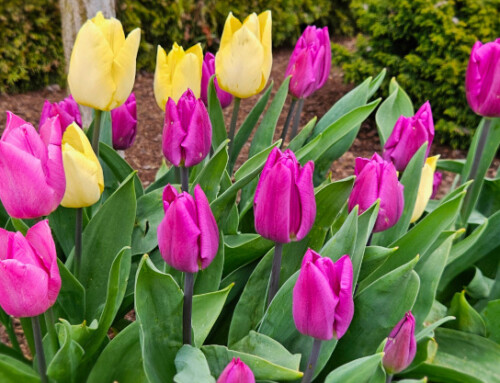By and large, gardening is a forgiving hobby. Plant something too close to another plant? You can often dig it up and transplant it into a larger space. Prune a shrub wrong? Don’t worry, it will grow back. And maybe worst: put Roundup in your sprayer instead of lawn weed killer? Well, you can always reseed. The fact is, gardens are by nature works in progress; nothing is ever complete, and there is always opportunity to change and improve. As you enjoy a winter’s rest from your garden, here are a few things to observe and mentally file away for action when spring rolls around again.
First, fall and winter offer the perfect opportunity to observe how water moves through your yard and garden, particularly when it comes to drainage. After some of the heavy rains we’ve had in the last month, you may have found areas of standing water, channels cut by overflowing downspouts, or soggy, waterlogged areas in your lawn. In the summer, when water is scarce and controlled, it’s easy to forget how much it rains during the other half of the year, but properly managing an overabundance of water in your yard is helpful for both your plants and your home.
If downspouts have overflowed into your flowerbeds, get a ladder out and check your gutters. Now that the last of the leaves have fallen and largely finished blowing around, you can clean your gutters and downspouts without concern that they’ll just plug up again tomorrow.
If your downspouts empty out onto your lawn or into a flowerbed and you have sandy ground, you can plumb them underground to a spot away from the house and dig a dry well to soak up the water without risk of erosion to your flowerbeds. Simply run corrugated pipe from your downspout into a large hole lined with weed fabric and filled with drain rock, then top the filled hole with a layer of weed fabric and landscape over the top. As rainwater runs into the hole, it will filter through the gravel and into the surrounding soil, where it will soak away without damaging your flowerbeds.
Squishy, waterlogged lawns are often a sign of compacted or poorly drained soil, neither of which is conducive to a healthy lawn. Next spring, after your lawn has dried out a bit and the soil has firmed up, rent a core aerator from a local rental center and aerate your lawn. Removing plugs of soil will help loosen compacted soil without damaging your turf and will also improve drainage. For heavy clay soils, sand is often considered a remedy to help improve soil quality, but studies have shown that spreading a light layer of organic matter like fine compost does more to help improve drainage and soil quality of clay ground.
Next, winter is the perfect time to step back and observe the bones of your garden. In summer it’s easy to cover up a lack of structure with colorful annuals and perennials, but every yard should have some bones—that is, plants that serve as anchor points for the garden year-round. At Christmas, these “bones” are the plants you would hang lights on: small trees and evergreen shrubs, for example, or a classic stately conifer.
In many of today’s smaller yards, it’s hard to find space for a full-sized tree, much less three or four of them. But just about any yard has room for a small Japanese maple—whether an upright, narrow variety or one of the weeping, low-growing types. Or if you want something flowering, kousa dogwoods (often referred to as Korean or Chinese dogwoods) offer beautiful year-round structure and long flowering times without requiring the footprint of their larger cousins. For something evergreen, hinoki cypress comes in many shapes and sizes. Available in either green or gold hues, hinokis serve as a perfect backdrop to the colorful blooming perennials of summer while looking just as vibrant and lush in the doldrums of winter. If the beds around your house are lacking in bones, now is the time to start imagining what plants you could add to your garden next spring to give some year-round interest.
In the coming weeks of holiday busyness, it’s easy to get overwhelmed by all of the parties, food, and events that fill up the schedule. If you need a five-minute breather, I recommend grabbing a jacket and taking a stroll around the yard. With spring just a few months away, it’s not too early to start dreaming of what improvements you’ll make and what projects you’ll undertake to add year-round interest to the garden. May you have a wonderful Christmas!








Leave A Comment